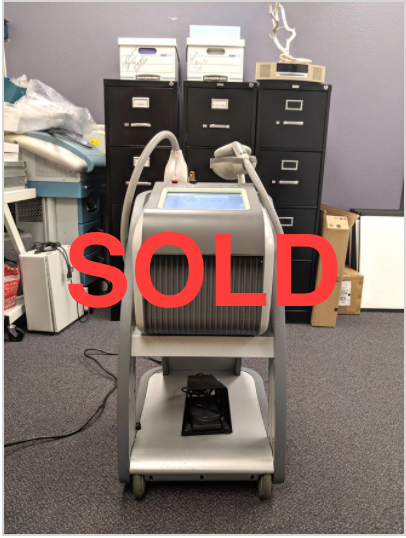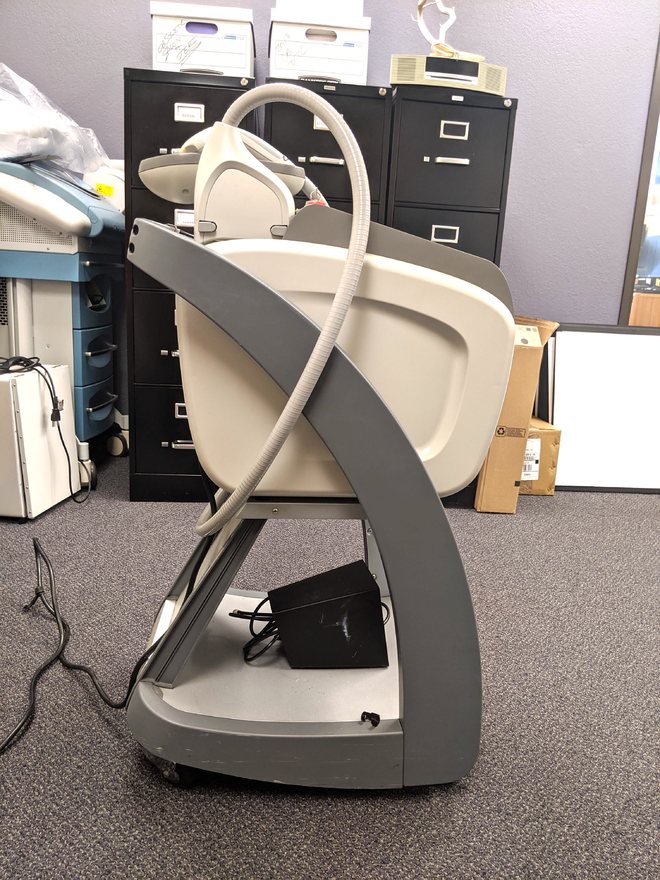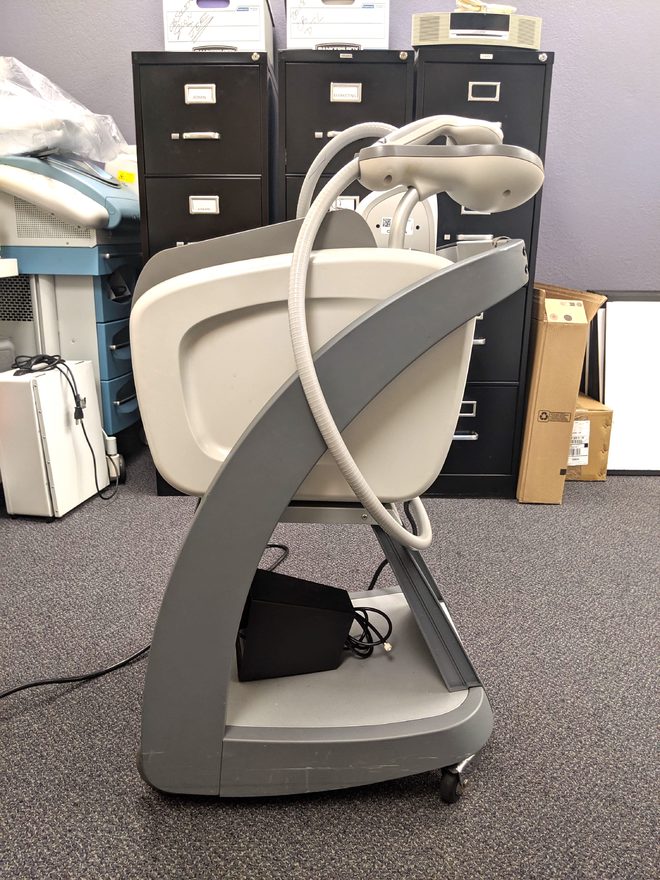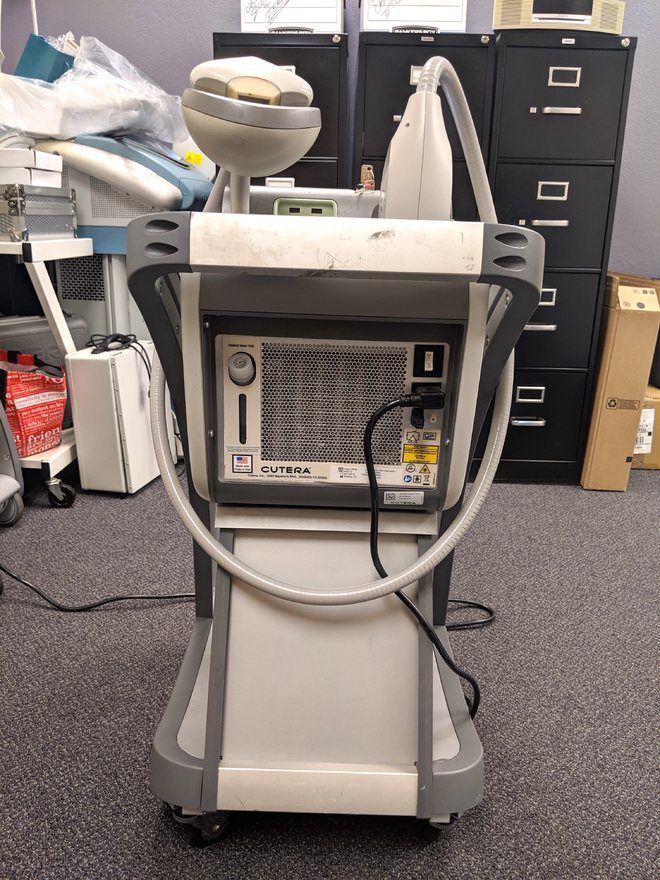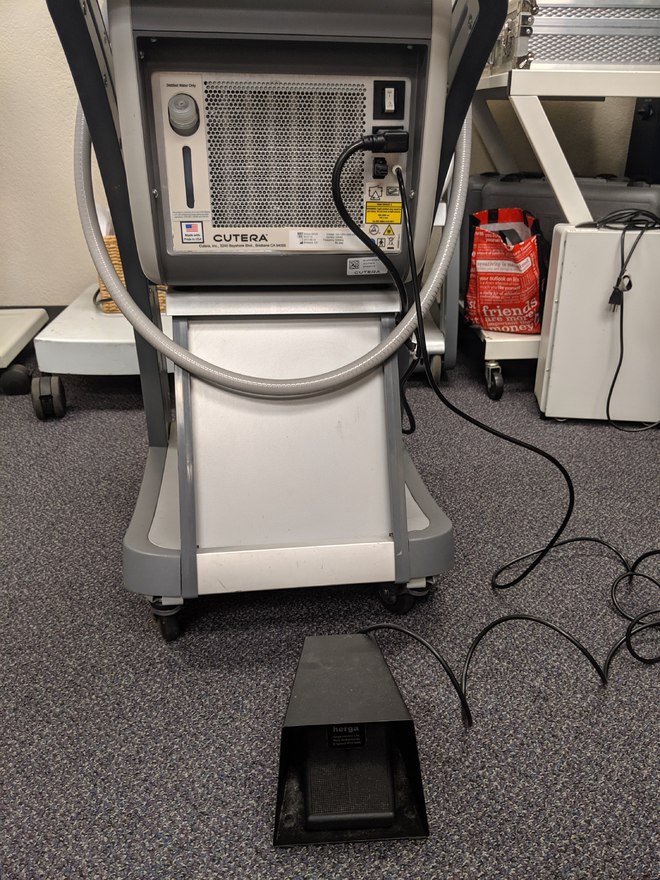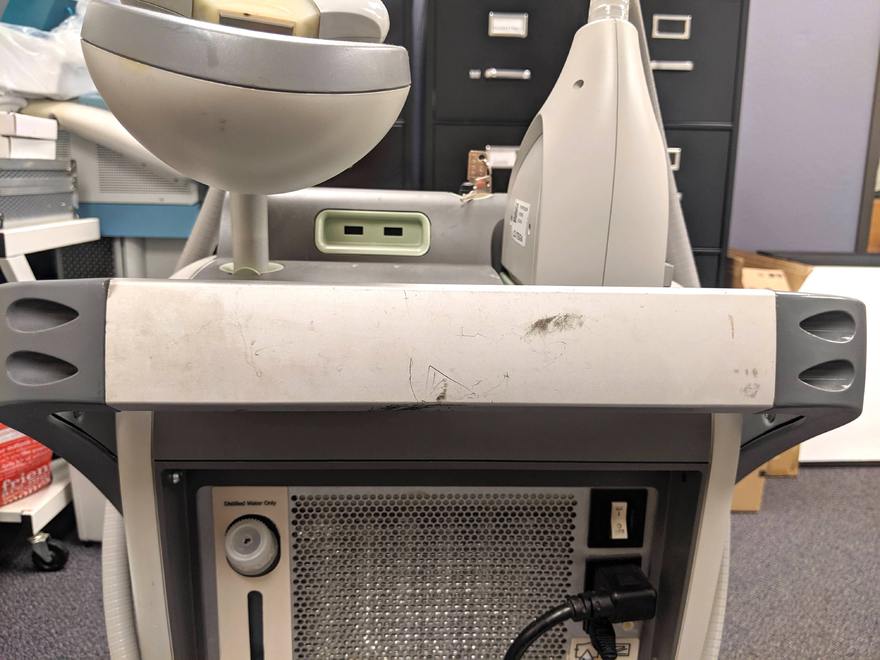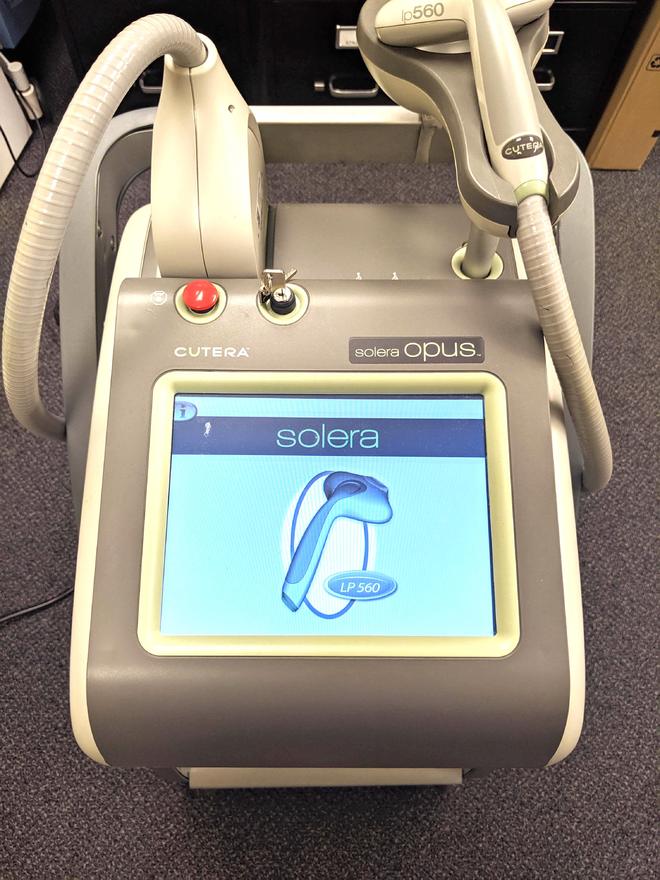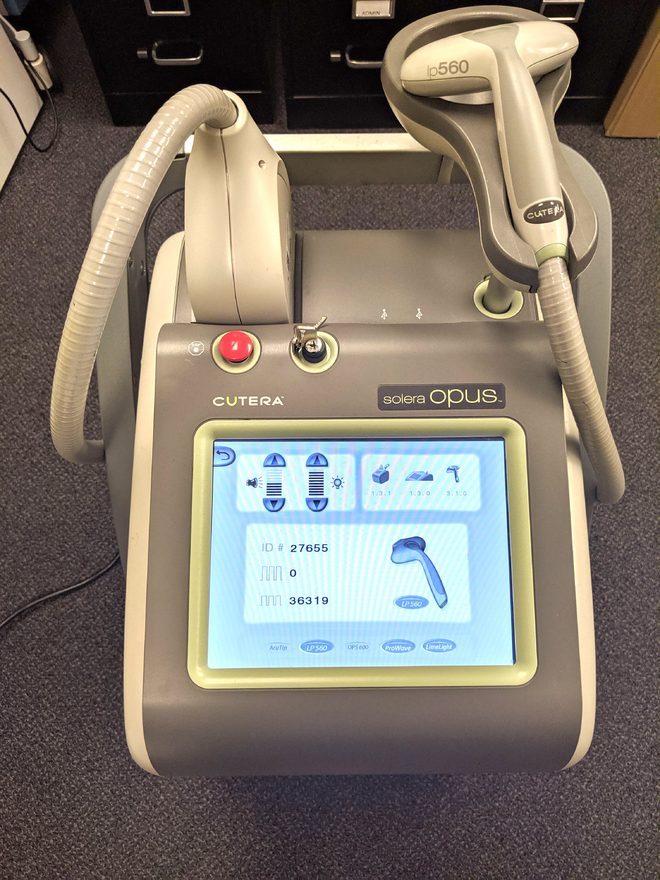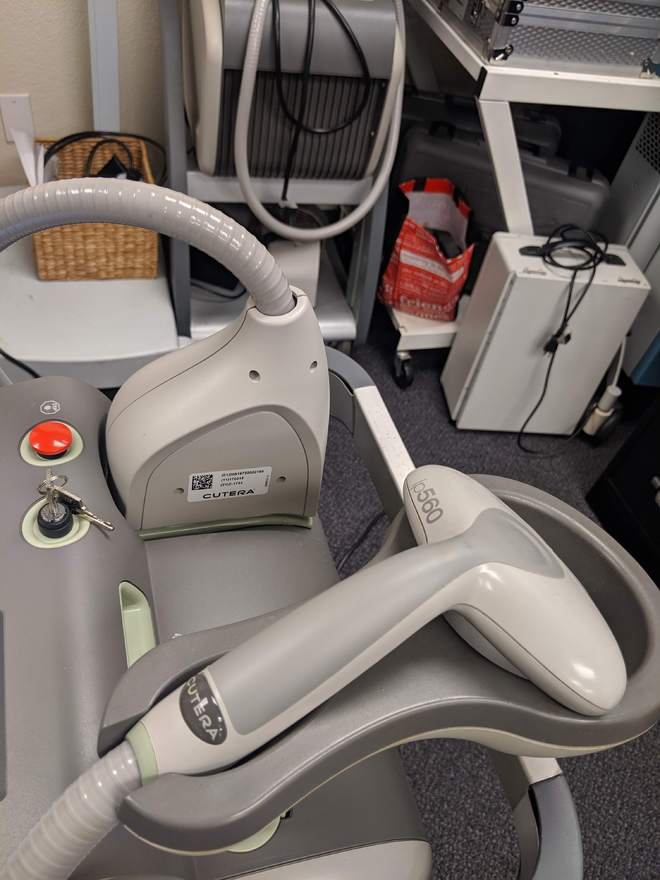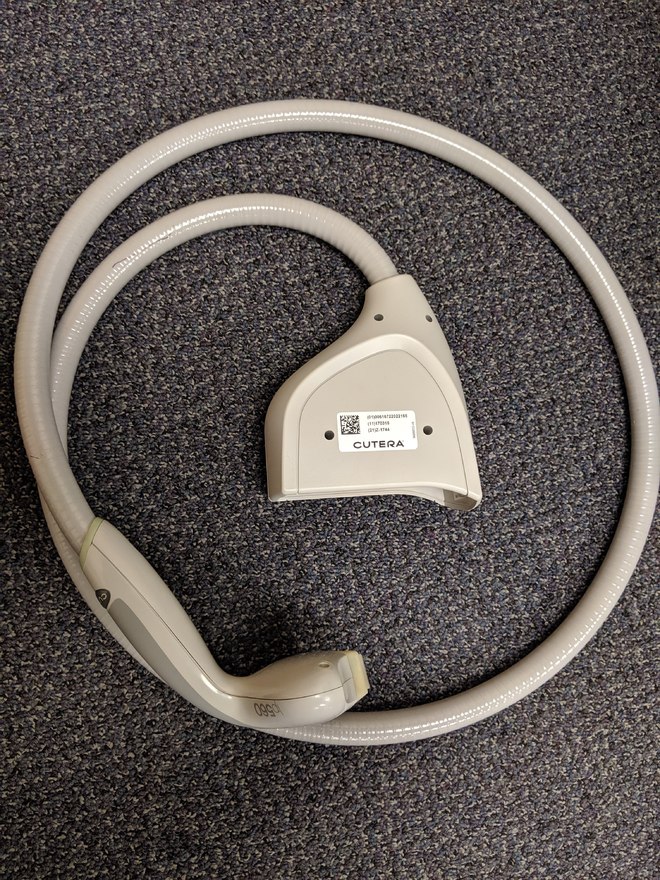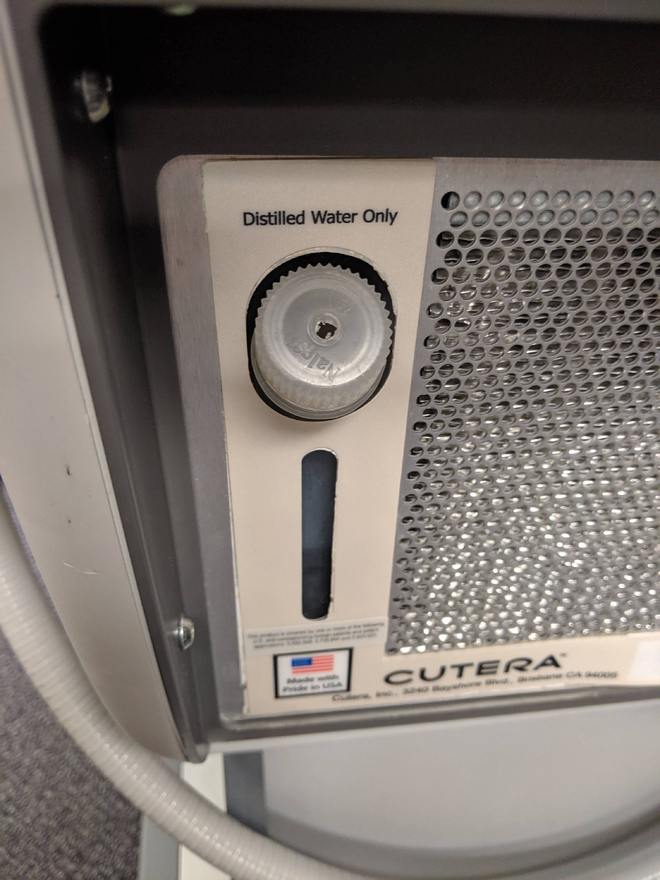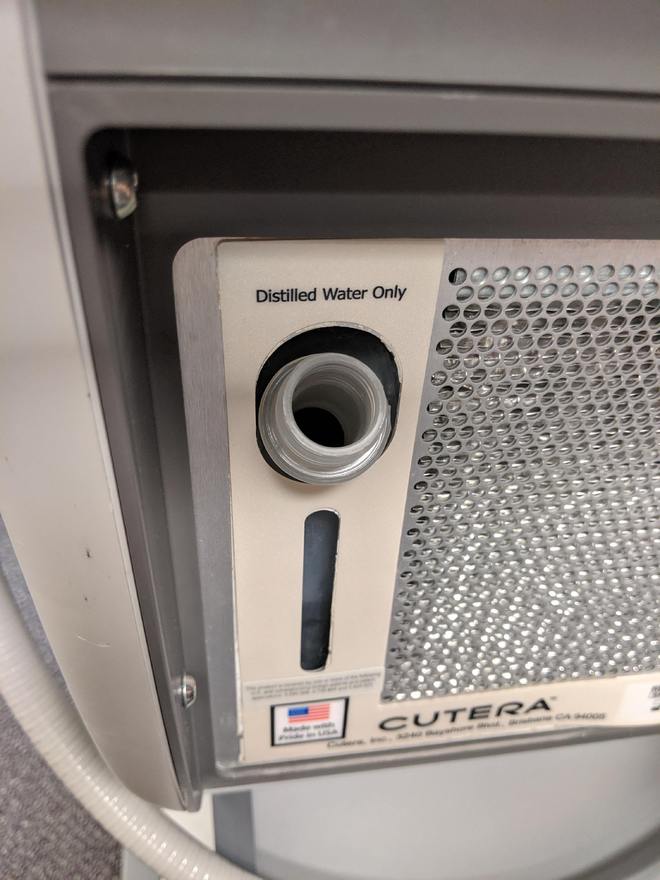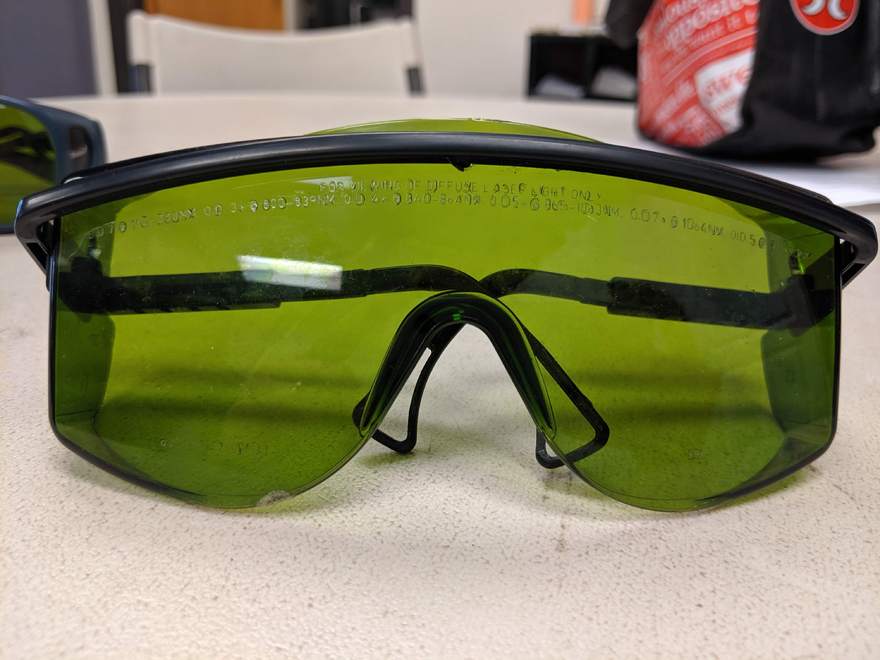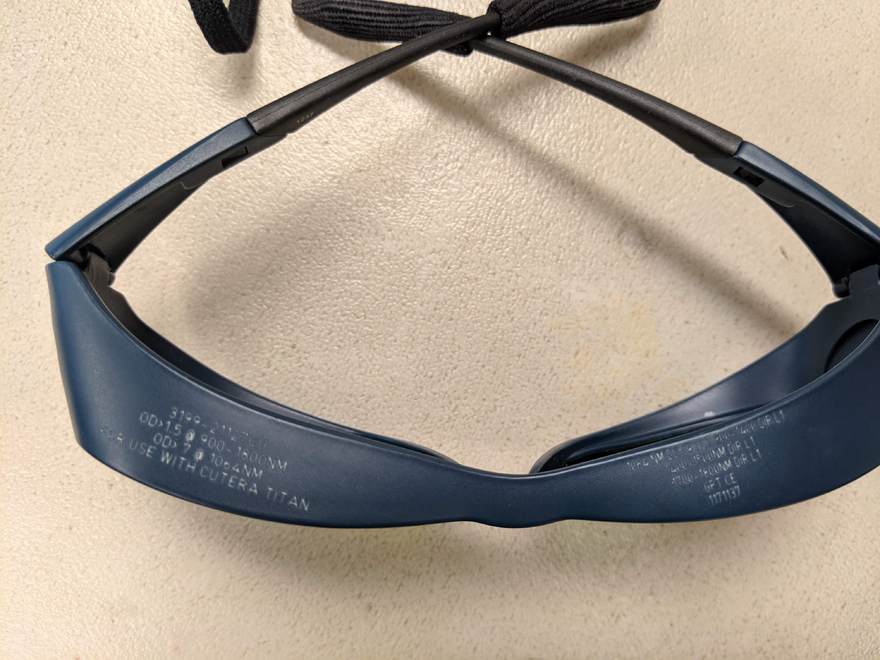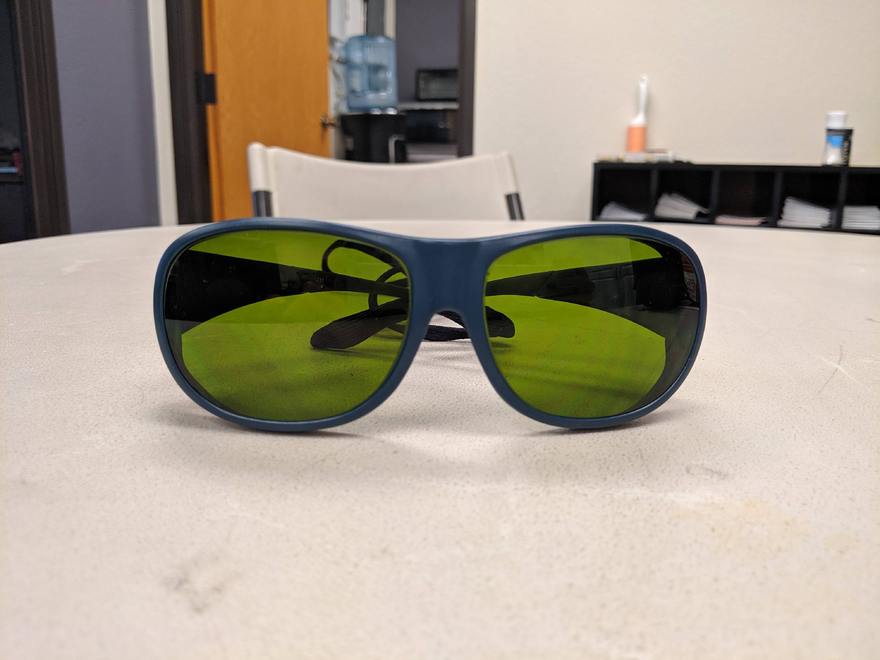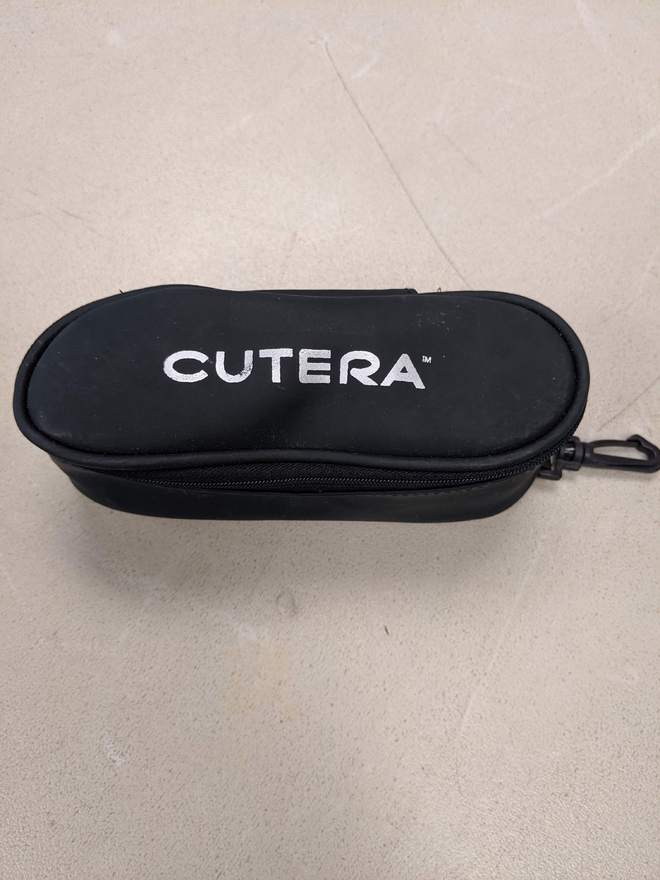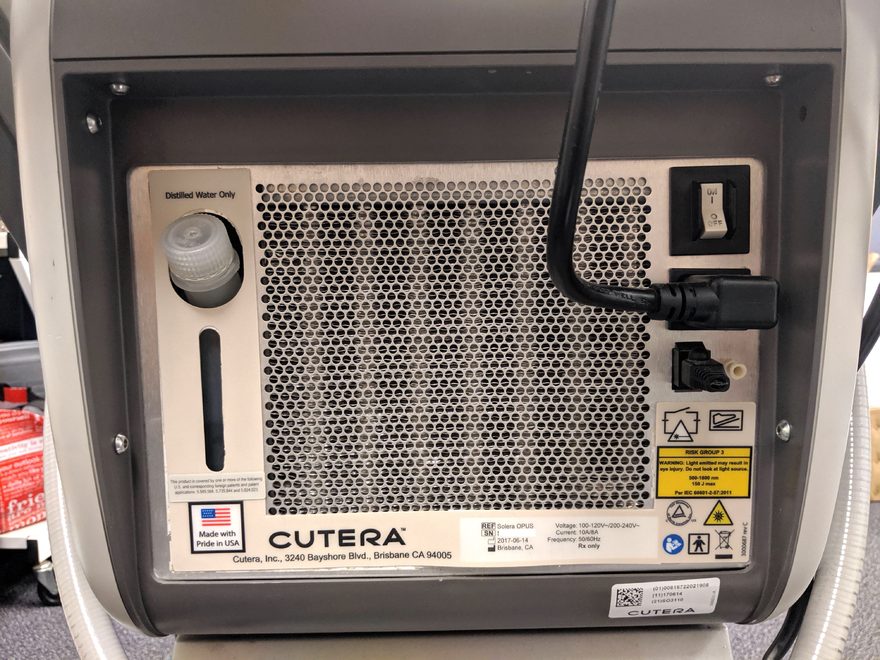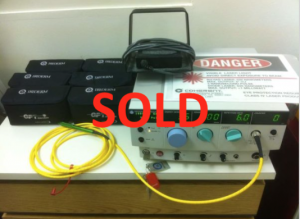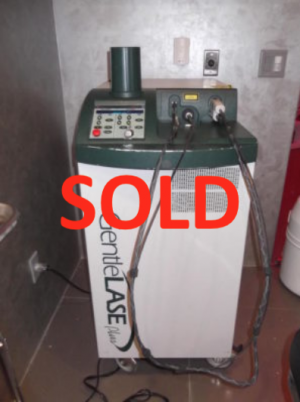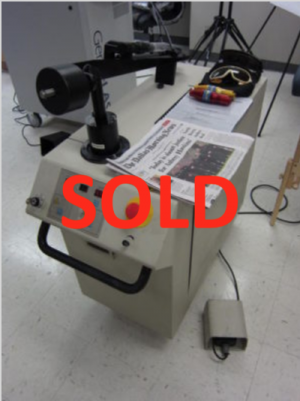Copyright © 2024 Rock Bottom Lasers All Rights Reserved
Shop by Category
- Accessories
- Aspirator
- Cosmetics
- Digital Photography Systems
- Eyewear
- Footswitch/Foot Pedal
- Handpieces
- Laser Eyewear
- Microdermabrasion Devices
- Miscellaneous
- Portable Devices
- Skin Care Products and Make Up
- Skin Chillers
- Skin Sales Tools
- Smoke Evacuator
- Tips & Consumables
- Training & Business Tools
- User Manual/Operators Manual
- Les Encres
- Manufacturer
- Active Optical Systems
- Aerolase
- Aesthera
- Aesthetic Management Partners (AMP)
- Aesthetics Biomedical
- Aesthetika Lasers
- Alma Lasers
- Artas
- Asclepion
- Astanza
- Bella Products Inc.
- BTL Aesthetics
- Buffalo Filter
- Candela
- Canfield
- Cartessa
- Cervello
- Chromogenex
- CoolTouch
- Corporam Medical
- Cutera, Inc.
- Cynosure, Inc.
- Deka
- DermaMed
- Dermasweep
- DermaWave
- DiamondTome
- Dornier
- Dusa
- Eclipse Aesthetics
- Edge Systems
- Eleme
- Ellman
- Emvera
- EndyMed
- Equipmed
- Erchonia
- Fisioline
- Focus Medical
- Formatk
- Fotona
- Fraxel
- HOYA ConBio
- Human Med
- Hydrafacial
- Ilooda
- Inmode Aesthetic
- Iridex
- Jeisys
- Lasering
- LaserOptek
- Laserscope / Iridex
- Lazerlenz
- Light Bioscience
- Lipo Ltd
- Lumenis
- Lutronic, Inc.
- Mattioli
- Med-Aesthetic
- Medicamat
- MeDioStar NEXT
- Merz
- Miramar Labs
- NeoGraft
- Noir
- Noir Laser Eyewear
- Nuvolase
- Omnilux
- Osyris
- Other
- Palomar Medical
- Parisian Peel
- Photo Therapeutics
- Profect Medical Technologies
- Quanta Systems
- Quantel
- RA Medical
- Radiancy
- Reliant Medical Technologies
- RevecoMed
- Rohrer Aesthetics
- Sandstone
- Sciton, Inc.
- Sharplight
- Solta Medical
- Storz Medical
- SupraMedical
- Sybaritic, Inc
- Syneron, Inc.
- Syntech Laser
- Thermage, Inc.
- Thermi Aesthetics
- Ulthera, Inc
- Ultra Aesthetica
- Venus Concepts
- Vibraderm
- Viora
- Vivace
- Viveve
- Wells Johnson
- Zeltiq
- Zimmer
- Procedure
- Acne Scars
- Acne Treatment
- Body Contouring
- Body Contouring – Hands Free
- Body Contouring – Radio Frequency
- Body Contouring – Ultrasound & Radio Frequency Combined
- Complexion Analysis
- Dental
- Dry Eye
- Erectile Dysfunction
- Face Contouring
- Face Oil Reduction
- Facial
- Fat & Cellulite Reduction
- Fat Grafting
- Fractional Skin Resurfacing
- Hair Restoration
- Incontinence
- Laser Hair Removal
- Laser Hair Removal – Diode
- Laser Lipolysis
- Liposuction
- Lymphatic Massage/Drainage
- Melanin Reduction
- Melasma Removal
- Microdermabrasion
- Microneedling
- Muscle Sculpting
- Oxygen Skin Therapy
- Pain Relief
- Photodynamic Therapy
- Photofacial Rejuvenation
- Pigment Reduction
- Pigmented Lesion
- Podiatry
- Pore Minimizer – Minimize Enlarged Pores
- Psoriasis
- Rosacea Treatment
- Scar Correction
- Skin Chilling
- Skin Rejuvenation – Ablative
- Skin Rejuvenation – Non-Ablative
- Skin Rejuvenation – Sublative
- Skin Resurfacing
- Skin Tightening
- Skin Tightening – Eye Area
- Sterilize
- Stretch Marks Removal
- Surgical
- Sweat Reducer
- Tattoo Removal
- Toenail Fungus
- UVB Phototherapy
- Vaginal Rejuvenation
- Vascular Lesions
- Vein Removal
- Warts
- Wrinkle Reduction
- User Manuals
- Wavelength
- 10,600 nm (CO2)
- 1060 nm (Diode)
- 1064 nm (Nd Yag)
- 1064 nm & 755 nm
- 1064 nm, 755 nm & IPL
- 1100 – 1800 nm (Infrared)
- 1319 nm (Infrared Nd Yag)
- 1320 nm (Infrared Nd Yag)
- 1400 nm (Erbium Glass)
- 1440 nm Nd Yag
- 1450 nm (Diode)
- 1470 nm
- 1500 nm (Erbium Glass)
- 1540 nm Erbium Glass
- 1550 nm Erbium Glass
- 1565nm
- 1927 nm (Thulium)
- 2790 nm (Erbium YSGG)
- 2940 nm (Erbium Yag)
- 308 nm (Xenon Chloride)
- 532 nm (KTP / Q-Switched)
- 585 nm (Pulsed Dye)
- 595 nm (Pulsed Dye)
- 635 nm (Diode)
- 650-660 nm (Diode)
- 670 nm
- 694 nm (Ruby)
- 700 nm
- 755 nm (Alexandrite)
- 800 nm (Diode)
- 805 nm (Diode)
- 810 nm (Diode)
- 900 nm (Diode)
- 940 nm (Diode)
- Acoustic Wave Therapy AWT
- AFT (Advanced Fluorescence Technology)
- AMP – Active Magnetic Pulse
- Blue Light
- Direct Bio-Electrical Muscle Stimulation
- ElectoFusion
- EMS (Electrical Muscle Stimulation)
- IPL (Broad Spectrum)
- LED (Light Emitted Diodes)
- Radio Frequency
- Ultrasound
- Ultrasound & Radio Frequency
Home / Products / Manufacturer / Cutera, Inc. / 2017 Cutera Solera Opus with LP560 Handpiece
2017 Cutera Solera Opus with LP560 Handpiece
2017 Cutera Solera Opus; Manufactured 06/14/2017; Excellent Operating Condition & Good Cosmetic Condition (there are some cosmetic scratches on back of equipment), Single Owner; Included Handpiece & Pulses: LP 560 Handpiece = 36,319 Pulses; Also Includes: Operator Eyewear, Footswitch, Keys, and 90 Day Warranty.km
$13,975.00
Out of stock
Laser Type:Pulsed-Light Flashlamp
Wavelength:500-1200nm
Output:Greater or Less than 120 J
Fluence:2 to 65 J/cm2
Exposure Duration:Automatic
Repetition Rate:Up to 1.0 Hz
Delivery System:User Detachable Umbilical Cable and Handpiece
Treatment Spot:10mm x 30mm Rectangle
Epidermal Cooling:Sapphire Window is Maintained at Temperature to Prevent Window Heating
System Cooling:Self-Contained, Water to Air Heat Exchanger
Aiming Beam:None
Wavelength:500-1200nm
Output:Greater or Less than 120 J
Fluence:2 to 65 J/cm2
Exposure Duration:Automatic
Repetition Rate:Up to 1.0 Hz
Delivery System:User Detachable Umbilical Cable and Handpiece
Treatment Spot:10mm x 30mm Rectangle
Epidermal Cooling:Sapphire Window is Maintained at Temperature to Prevent Window Heating
System Cooling:Self-Contained, Water to Air Heat Exchanger
Aiming Beam:None
The Solera Opus is a compact, portable, tabletop console that is capable of providing a variety of aesthetic skin treatments with a wide variety of Cutera flashlamp handpieces, Additionally, given its ability to predictably operate with new handpieces as they are developed, the Solera Opus is a reliable clinical instrument that can grow alongside new technology.
Typically, the Solera Opus is used with four specific handpieces: the ProWave 770, the AcuTip 500, the LP560, OPS600 and the Limelight. All designed to be user-detachable, the handpieces each function with an umbilical cable that brings coolant and electrical utilities from the console to the handpiece.
The ProWave 770, functioning with three wavelengths on a 770 1100 nm scale, uses selective photothermolysis to treat the targeted tissue without damaging the surrounding skin cells in light-based hair removal.
Similarly, the AcuTip 500 is a precision targeting tool that employs selective photothermolysis to provide lesion treatments.
The LP560 and OPS600, on the other hand, are pulsed-light handpieces that are visible to the human eye thus requiring no aiming beams and are instrumental in the treatment of benign pigmented lesions. The main difference between the two is that the LP560 operates at 560 1200 nm while the OPS600 operates at 600 850 nm.
The LimeLight is an IPL device used to treat benign pigmented lesions, vascular lesions and is also for photorejuvenation. It operates on wavelength of 520 to 100nm.
While the Solera Opus utilizes different handpieces to target different treatments, the main options for treatment include: benign pigmented lesions; vascular lesions; and stable, long-term, or permanent unwanted hair removal. The console can also be used in the treatment of superficial telangiectasia, or spider veins, when used with the correct handpiece.
The Solera Opus Is Easy To Maintain
As with any piece of equipment, the Solera Opus is set up for long-term use given that preventive maintenance, safety, power, and calibration checks are performed on an annual or as-needed basis. If the machine is routinely used, annual checks should be sufficient; however, if the system is not regularly used, checks should be performed every six months. All maintenance checks should also be conducted by a certified Cutera representative. Regular cleaning, though, can be performed by the technician and is a simple matter of disinfecting the materials in the following manner:
External surfaces: Using a clean cloth dampened with a non-caustic cleaning solution (i.e. mild soap and water, isopropyl alcohol, or hospital grade disinfectant), disinfect the outside surfaces and then allow to air dry.
Touchscreen display: Use a soft cloth with an alcohol-based cleaner to wipe the surfaces clean.
Handpiece: Follow the guidelines within the individual handpiece manuals.
Coolant checks (upon initial arrival and for the occasional top-off): Turn off the system, remove and fill the reservoir with distilled water, turn the keyswitch on to activate the water pump, run for five or ten seconds, top off the reservoir and repeat the process until the reservoir is completely full.
Confirming calibration: While the Solera Opus is not a laser system and consumers cannot alter the system calibration, calibration should be checked every twelve months or so by a certified engineer or technician trained on energized electronic pulsed-light equipment with a laser energy meter.
| Date Sold |
|---|
* Shipping is included in the Continental USA only. Any shipment outside the lower 48 United States will be shipped at an extra cost. If you live outside this area, please contact us for a free shipping estimate.

